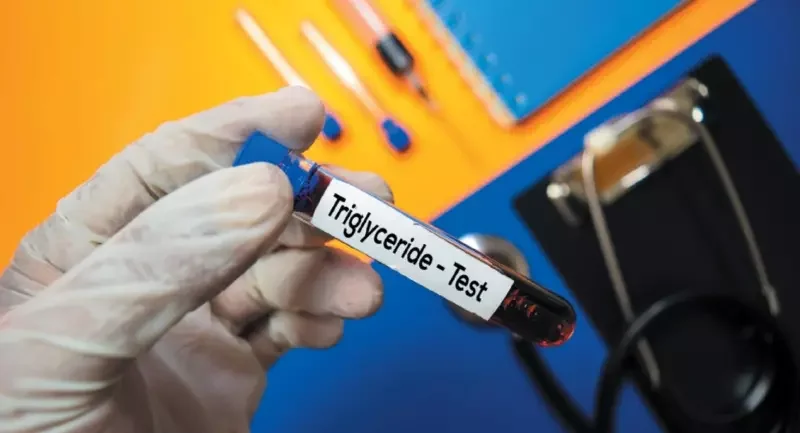
A triglyceride blood test measures the amount of triglycerides in the blood. Triglycerides are a type of fat or lipid found in the blood. The results of this test help the doctor determine the risk of developing heart disease. Another name for this test is the triacylglycerol test. This test, along with the cholesterol test, is also known as a blood lipid test. If you need a blood glucose test, see your GP.
What is triglyceride?
What does triglyceride mean in a blood test? Triglyceride is a type of lipid. The body immediately stores the calories it does not use as triglycerides. These triglycerides circulate in the blood to provide the necessary energy for muscle function. After eating, extra triglycerides enter the blood. If you consume more calories than your body needs, your blood triglyceride levels may rise. High triglycerides can put a person at greater risk of heart attack and stroke.
Very low-density lipoproteins (VLDL) carry triglycerides in the blood. VLDL is a type of lipoprotein, just like low-density lipoprotein (LDL) and high-density lipoprotein (HDL). If you and your doctor are discussing ways to lower your triglyceride levels, measuring VLDL can provide helpful information.
If we want to tell the exact meaning of triglycerides, triglycerides are obtained from foods, especially butter, oil, and other fats you eat.
High blood triglycerides are a type of lipid disorder. This condition can develop independently, with other lipid disorders like high blood cholesterol or low HDL cholesterol, or as part of metabolic syndrome.
Why is the blood triglyceride test done?
If you eat a lot of fatty and fast food (such as hamburgers and fries), the lipids and fats in these foods can clog your arteries. Finally, it may cause heart vessel blockage and lead to heart attack or stroke.
A blood triglyceride test helps your doctor determine your risk of developing heart disease. This test is usually prescribed along with a full body checkup test and can be done to help diagnose the following:
- The presence of inflammation in the pancreas
- Being at risk of atherosclerosis or hardening of the arteries (atherosclerosis occurs when fat builds up inside the arteries and restricts or blocks blood flow. This disorder can increase the risk of heart attack or stroke).
Adults should generally have their blood lipids tested regularly every 5 years. In addition to determining the level of triglycerides, this test also helps to determine the level of the following items:
- Cholesterol
- HDL
- LDL
Which people should do blood triglyceride tests in shorter intervals?
Healthy adults should have a blood lipid test (which includes a blood triglyceride test) every 4 to 6 years. If you have certain risk factors for heart disease, you may need triglyceride blood tests and heart tests done at shorter intervals. Some of these risk factors include:
- Family history of heart disease
- Smoking disrupts normal triglycerides
- Overweight
- Unhealthy eating habits
- lack of exercise
- diabetes
- high blood pressure
- Age: Men over 45 and women over 50 are more at risk of heart disease.
On the other hand, the symptoms of the disease and problems observed in the person will increase the need to perform this test. Dizziness, nausea, especially after eating meals, shortness of breath, pain in the chest, local numbness in the hands and fingers, excessive dryness of the tongue, and other such things are among the important signs that will increase the need for a triglyceride test.
In some cases, triglyceride testing is necessary for other cases. For example, in the case of thyroid diseases (hypothyroidism or hyperthyroidism), liver diseases, especially fatty liver, biliary diseases, and various types of heart diseases, the doctor also requests a triglyceride test when diagnosing and treating the disease.
What is the difference between triglycerides and cholesterol?
Triglycerides and cholesterol are both lipids (fats) found in the bloodstream, but they have different roles and properties:
| Blood triglycerides | blood cholesterol |
|---|---|
| Triglyceride or triglycerides in the blood test is a type of fat molecule that stores excess energy from the foods we eat. | Cholesterol is a waxy, fat-like substance that is essential for the production of hormones, vitamin D, and the formation of cell membranes. |
| They are the most common form of fat in the body and are mostly found in adipose tissue and circulating in the bloodstream. | It is produced by the liver and obtained from animal foods such as meat, eggs and dairy products. |
| High triglyceride levels are associated with an increased risk of heart disease and can be influenced by factors such as diet, alcohol consumption, obesity, and certain medical conditions such as diabetes. | There are two types of cholesterol: lipoprotein cholesterol, or bad cholesterol, which causes heart disease by accumulating in the arteries, and good cholesterol, which helps remove bad cholesterol from the bloodstream. |
Comparison of cholesterol and triglycerides in blood tests
In short, triglycerides store energy, while cholesterol is vital for hormone production and cell function. High triglyceride levels increase the risk of heart disease, while an imbalance between LDL (bad) and HDL (good) cholesterol and high blood cholesterol levels contribute to cardiovascular problems.
How is the blood triglyceride test performed?
A blood triglyceride test involves a simple blood test. A blood sample is usually used to check the triglyceride level:
- Location: The blood sample may be taken in a doctor’s office or a blood testing laboratory.
- What to wear: You should wear comfortable clothing and make sure your sleeves roll up easily.
- What to bring: Since you must be fasting for this test, you may want to bring a snack immediately after the test.
The test itself only takes a few minutes. However, you should expect to wait 15-30 minutes in the lab. Its sampling is not complicated and is done like any normal blood sampling.
After the test, you may be asked to sit in the waiting room for 5 to 10 minutes to make sure you don’t have a vagal reaction. This is a good time to eat the food you brought with you.
Conditions for performing a triglyceride test
Have you ever wondered if you should fast for a triglyceride test? We must say that fasting is necessary for this test to provide accurate results. Fasting helps prevent the natural rise in triglyceride levels that occurs immediately after a meal. As a result, it gives the doctor a better picture of the baseline level of triglycerides in your blood.
To perform this test, do the following:
- You must fast for 9 to 14 hours before the blood triglyceride test.
- It is better to eat a simple meal the night before blood sampling.
- During this time, only clear liquids such as water are allowed. Avoid drinking tea, coffee, and milk before sampling.
- If you have diabetes and are taking oral or injectable blood sugar-lowering medications, consult your doctor about continuing to take these medications before taking blood.
- Follow all the instructions your doctor gives you. Ask your doctor for a list of medications that should not be taken before a blood triglyceride test.
- Be sure to consult your doctor about any medication you take (even supplements and over-the-counter medications).
- Do not stop taking any medication or change its dosage without consulting your doctor.
- Drinking water before the test is okay, but you must also drink enough water. This will make it easier for the lab technician to find the vein.
Is the triglyceride test dangerous?
Blood tests usually do not pose any serious risks. Inserting and removing the syringe can always be a little painful. Sometimes, the glyceride test leads to a vagal reaction (lightheadedness, ringing in the ears, and nausea) in some people. Other risks that may be associated with glyceride testing include:
- Bleeding at the site of blood sampling
- infection
- Accumulation of blood under the skin, which is called a hematoma.
When the needle is inserted into the skin, you may experience a burning sensation or a mild throbbing pain. However, this situation will be resolved quickly.
Guide to reading the result of the triglyceride test
Blood triglyceride levels are usually reported in milligrams (mg) of triglycerides per deciliter (dL) of blood. For adults, a normal triglycerides test result is usually categorized as follows:
- Normal/ideal range of triglycerides or normal test of triglycerides: less than 150 mg/dL
- Borderline triglyceride range: 150 to 199 mg/dL
- High triglyceride range: 200 to 499 mg/dL
- Very high triglyceride range: 500 mg/dL and above.
Note that this range is different for children and teenagers. For example, for children under 10 years of age, the normal range is less than 75 mg, and a higher amount is considered borderline and high. This range is below 90 mg for children and adolescents between 10 and 19 years of age (triglycerides below 100) and below 150 for adults.
Higher than normal triglyceride levels may put you at risk for heart disease. Your doctor may recommend lifestyle changes or medication to lower triglyceride levels and reduce the risk of heart disease.
How is the blood triglyceride test interpreted?
Although the Trigisirid test is one of the routine tests and seems simple, its interpretation should always be the doctor’s responsibility. By reading your test sheet and paying close attention to the normal range and the reported triglyceride level, you can determine for yourself whether your blood TG level is high, low, or normal. The doctor interprets the result of the triglyceride test along with other tests according to your physical and health conditions, your symptoms, and your lifestyle and gives the necessary guidance.
What is the sign of a high triglyceride level?
High triglycerides are usually caused by disorders such as:
- Type 2 diabetes: In people with type 2 diabetes, body tissues do not respond to insulin. This means that glucose cannot enter the cells and needs another energy source. As a result, the liver produces large amounts of VLDL-containing triglycerides.
- Liver disease: Liver diseases such as non-alcoholic fatty liver disease (NAFLD) and cirrhosis (scarring of the liver) caused by alcohol can increase triglyceride levels.
- Inflammation, infection, and autoimmunity: People with infections, chronic inflammatory diseases, and autoimmune disorders (such as rheumatoid arthritis, lupus, and psoriasis) often have high triglyceride levels and low HDL.
- Vitamin D deficiency: According to a study of about 3,800 people, vitamin D deficiency was found to be associated with higher triglyceride levels.
- Underactive thyroid (hyperthyroidism): Underactive thyroid (hyperthyroidism) increases triglyceride levels by interfering with cholesterol production in the body. Once thyroid hormones return to normal, triglyceride levels return to normal.
- Kidney disease: Triglyceride begins to increase in the early stages of the disease and reaches its highest level in the final stages.
- Rare genetic disorders: Some rare genetic disorders, such as familial chylomicronemia, primary mixed hyperlipidemia, and familial dysbetalipoproteinemia, can reduce the clearance of triglycerides.
- Taking some medications, such as tamoxifen, steroids, and beta blockers. In some cases, high triglycerides may be hereditary.
What are the symptoms of high triglycerides?
Most of the time, high tg occurs in a blood test without any symptoms in a person. In fact, the patient’s condition is such that he does not have any specific symptoms of having high triglycerides. In some cases, when the reason for high triglycerides is due to a person’s genetic background, we will witness obesity and accumulation of subcutaneous fat. This is especially seen in children who have high triglycerides.
Symptoms include severe and sudden abdominal pain, nausea, vomiting, fever, rapid heart rate, and breathing. Of course, we will usually see these symptoms in much more dangerous amounts of glyceride.
If a person with high triglycerides consumes alcohol at the same time, there is a high probability of pancreatitis. Swelling and severe pain in the liver and spleen are other warning signs of very high triglycerides.
A series of other symptoms of high triglycerides are shared with other diseases, including high blood pressure, accumulation of fat around the abdomen, high blood sugar levels, and metabolic disorders. Arterial congestion and coronary diseases, heart and brain strokes, diabetes, hypothyroidism, and hyperthyroidism can also be considered symptoms of high triglycerides. The best medicine for triglycerides above 400 is to quit smoking and exercise.
What are the side effects of high triglycerides?
One of the side effects of triglycerides above 300 is the increased risk of pancreatitis. This severe and painful inflammation can be fatal. High triglyceride levels also increase the risk of cardiovascular disease. The complications of triglycerides above 400 or blood lipids above 400 are:
- Carotid artery disease
- Heart attack and heart attack
- Metabolic syndrome (combination of high blood pressure, diabetes, and obesity).
- Symptoms of atherosclerosis and arterial insufficiency (PAD)
- stroke
Extremely high blood triglyceride levels, greater than 1,500 mg/dL, may cause the body to stop breaking down fats, causing multifactorial chylomicronemia syndrome.
What is the sign of low triglyceride levels?
If the result of the triglyceride test is low, it can be due to one of the following diseases and problems:
- Hyperthyroidism: Hyperthyroidism refers to overactive thyroid. In this condition, the thyroid gland produces too much hormone, which leads to sudden weight loss, increased appetite, sweating, menstrual changes, extreme fatigue, sleep problems, and other symptoms.
- Malnutrition: Chronic malnutrition can deplete body fat, lowering triglyceride levels.
- Taking certain medications: Some medications, such as nicotinic acid, statins, and Fibrozil Gem, can drain body fat and lead to a decrease in triglyceride levels.
- Low-fat diet: Although a high-fat diet can raise triglyceride levels, a low-fat diet can also keep triglyceride levels low.
- Malabsorption syndrome: The body has trouble absorbing nutrients properly in malabsorption syndrome. If fat cannot be absorbed, triglyceride levels may decrease.
What is the best way to lower triglyceride levels?
If your triglyceride test result is high and you want to bring it closer to the normal range, the following steps can help you in this way. Change your lifestyle first! Lifestyle changes have a great effect on reducing triglyceride levels and controlling blood fat. To lower blood TG levels, do the following:
- Exercise regularly: Get at least 30 minutes of physical activity most or all days of the week. Regular exercise can lower triglyceride levels and increase “good” cholesterol levels.
- Avoid sugar and refined carbohydrates.
- Reduce your weight.
- Choose healthier fats: Replace the saturated fats in red meat with healthier fats in plants (such as olive and canola oil). Instead of red meat, use fish rich in omega-3 fatty acids (such as mackerel or salmon). Avoid consuming trans fats or foods containing hydrogenated oils or fats.
- Avoid drinking alcohol.
What are the effective drugs for reducing triglyceride levels?
Sometimes, lifestyle changes can have little effect on triglyceride levels. The doctor prescribes medicines to control the triglyceride test level in such a situation.
HMG CoA reductase inhibitors, fibric acid derivatives, and nicotinic acid (niacin) are drugs that affect triglyceride levels. In this section, we have mentioned the effects of each:
The effects of HMG CoA reductase inhibitor drugs (statins) include:
- They are very effective in reducing LDL cholesterol.
- They are slightly effective in increasing HDL cholesterol.
- They are slightly effective in reducing triglycerides.
Some of the drugs in this group include:
- Pravastatin (Pravacol)
- Lovastatin (Mocor)
- Atorvastatin (Lipitor)
- Rosuvastatin (Crestor)
- Simvastatin (Zocor).
Some drugs derived from fibric acid, such as Gem Fibrozil (Lopid) and Fenofibrate (Tricor), are most effective in reducing triglyceride levels. These drugs have little effect on increasing HDL and reducing LDL.
Vitamin C, also known as niacin, Niaspan, or slo-niacin, has the most effect on increasing HDL. It is also effective in reducing the level of triglycerides and a little effective in reducing the level of LDL.
Home and herbal treatment to reduce blood triglycerides
What to eat to reduce triglycerides? In many cases, along with medication and lifestyle changes, some home and herbal remedies can be used to reduce blood triglyceride levels:
- Fish and fresh vegetables effectively help reduce blood triglycerides.
- Ginger has been introduced as an effective herbal compound to reduce and control high blood fat symptoms (high cholesterol and triglycerides). Ginger can be added to food or used as tea or powder.
- Apple cider vinegar is another home remedy that helps reduce blood cholesterol and triglycerides.
- Plant seeds such as soy protein are also recommended to reduce high triglycerides.
- Flax seed
- fish oil
- Plant sterols
- garlic
- Sumac tea
Another herbal treatment used in traditional Chinese medicine is a plant with anti-inflammatory properties called gon. Of course, more research is needed in this regard.
Harmful foods for high triglycerides are also sweet and alcoholic drinks and fatty foods such as fatty meat. For the herbal treatment of triglycerides above 200, it is better to use sumac and chicory extract.
Conclusion and guide to see a doctor
The question that may arise for you is, which doctor should be consulted to control the level of triglycerides in the blood and to perform and interpret the tests? First and foremost, the best general practitioners can check for signs and symptoms and order a triglyceride test. After receiving the test results, the doctor may determine that the patient should be examined by an endocrinologist and metabolism specialist, and the endocrinologist will give the final diagnosis for treatment.
Sometimes, a nutritionist should be consulted during the treatment process to control the diet. If the patient is at risk of cardiovascular disease, he should be under the supervision of a cardiologist.
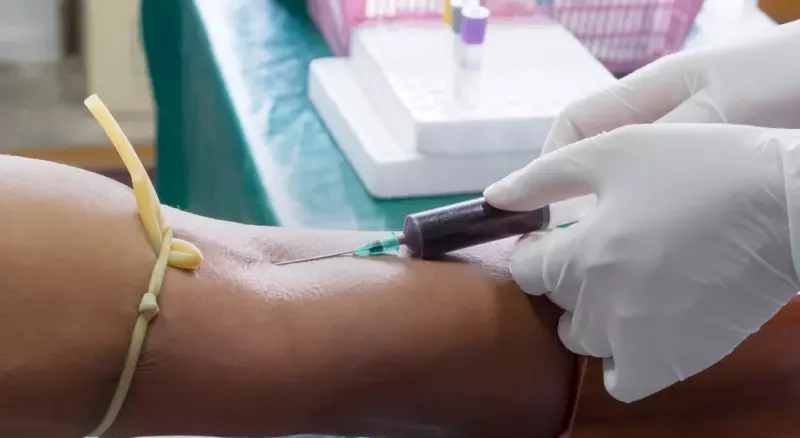

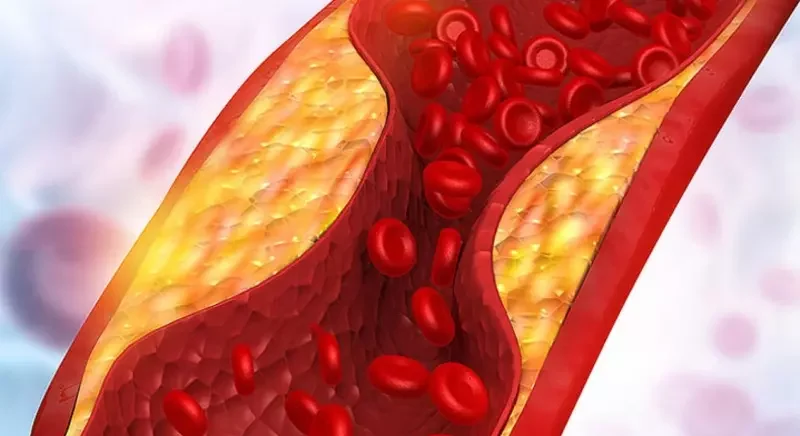
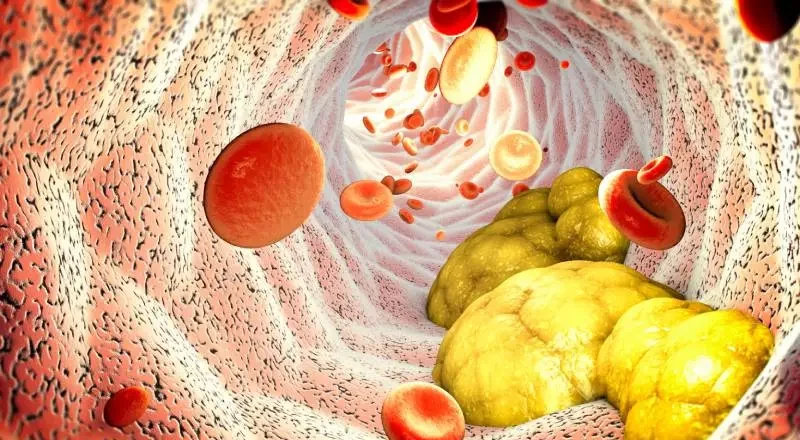
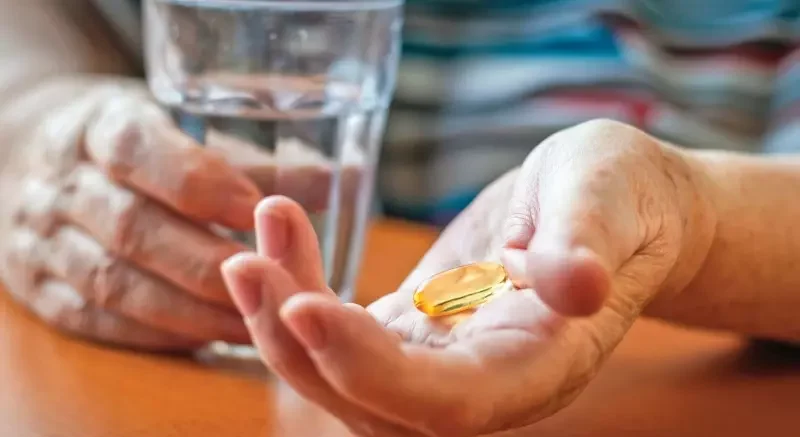
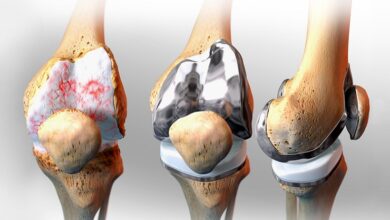


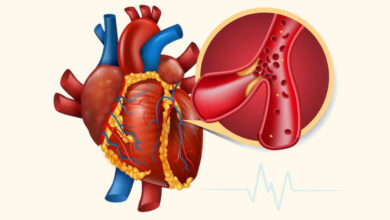


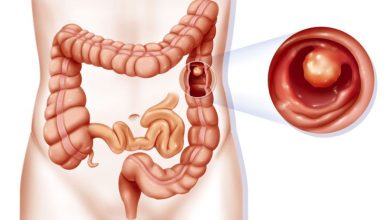
Meu primo me recomendou este site, não tenho certeza se este post foi escrito por ele, pois ninguém mais sabe tão detalhadamente sobre minha dificuldade. Você é maravilhoso, obrigado
I loved as much as youll receive carried out right here The sketch is tasteful your authored material stylish nonetheless you command get bought an nervousness over that you wish be delivering the following unwell unquestionably come more formerly again since exactly the same nearly a lot often inside case you shield this hike